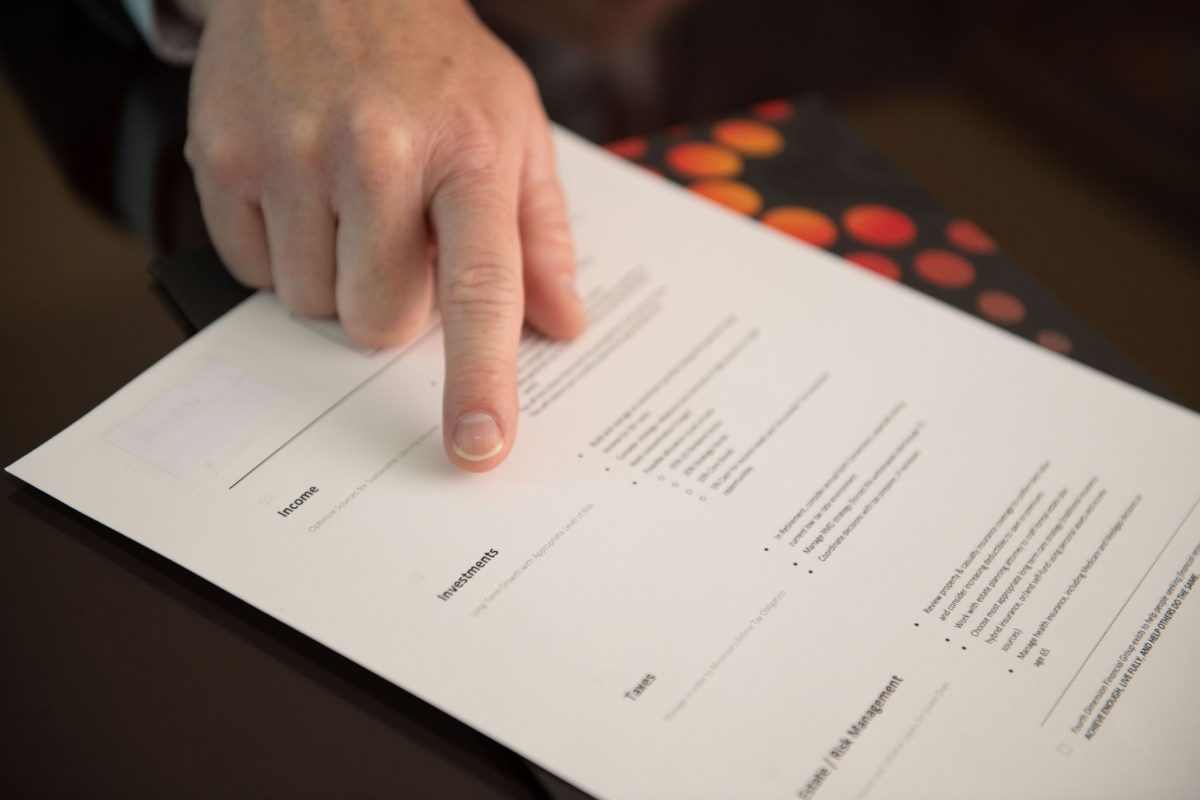
Richard Chamberlain, Founder and principal attorney of Chamberlain Law Group, Ltd
by Richard Chamberlain
Over the years of serving as an estate planning attorney, I’ve noticed that many people view the concept of estate planning in a very straight-forward, transactional manner, simply as a way to transfer assets to other people after they pass away. This can be a very limited view, however, of the opportunity we have in our estate planning to impact the lives of the people to whom we are leaving property. In our office, we describe our estate planning work as ‘Protecting Those You Love and Preserving What You Have.’ When we work with our clients, we help them create estate plans that will provide protections for their loved ones and preserve their assets from unnecessary costs, fees, and taxes.
Let’s break this down a bit further and look more closely at the ‘protecting’ aspect of estate planning.
There are essentially two different options when it comes to how to leave assets to beneficiaries. We can leave assets ‘outright,’ or we can leave them in a ‘protective trust share.’
An outright distribution is just what it sounds like – the inheritance is given directly to the beneficiary, and they can then do whatever they like with the assets. There are no protections associated with an outright distribution.
A protective trust share is a trust share that continues for the beneficiary with the assets remaining in the trust. The Trustee of the trust share distributes the assets to the beneficiary as directed in the trust agreement. This arrangement can protect the beneficiary and the assets.
So why might we consider leaving a financial legacy with the enhanced protections of a protective trust share? It doesn’t have to be a matter of not believing that the beneficiaries can “handle” the assets on their own, although that can certainly be a reason. Many people use the protective share approach to planning even if their beneficiaries are perfectly capable of managing the inheritance well on their own. Depending on the reasons for the ongoing protections, we can have someone else serve as Trustee and manage the trust assets for the beneficiary (if the beneficiary cannot handle the inheritance on their own), or we can design the plan so that the beneficiary serves as their own Trustee (so they manage their own inherited assets).
Instances Where We Would Appoint Someone Else as Trustee for the Beneficiary:
- Beneficiary is disabled or has Special Needs;
- Beneficiary has creditor problems;
- Beneficiary has poor spending and saving judgment;
- Beneficiary has an addiction problem;
- Beneficiary is young and inexperienced in handling money.
Instances Where We Would Allow the Beneficiary to be their own Trustee:
- To protect a beneficiary and the assets from any and all of the following:
- The possibility of a divorcing spouse;
- A spouse who is controlling, or a spendthrift, or has creditor issues;
- Creditors from their own potential financial mishaps, accidents, or frivolous lawsuits;
- Losing needs-based government benefits if they should become incapacitated;
- Being subjected to a guardianship if they become incapacitated;
- Being subject to Probate when the beneficiary passes away;
- Being lost to non-bloodline individuals (your in-law, or worse yet, your in-law’s next spouse) when the beneficiary passes away.
When you do your estate planning, or when you are sitting down and reviewing your estate plan for updates, think about whether using ongoing protections would make sense for you and your loved ones. Having options is great, but knowing how to navigate those options is key to building an effective plan. If you’d like to discuss your planning options, please feel free to give me a call at 419-872-7670, or you can email me at richard@chamberlain-law.net.
Recent Articles

Show Your Work: Why Transparency Matters in Retirement Planning

Unlocking the Mystery of Income Taxes

Social Security Strategy: Do You Have One?

Pension Decision: Just One Critical Piece of Information Is Needed to Decide



